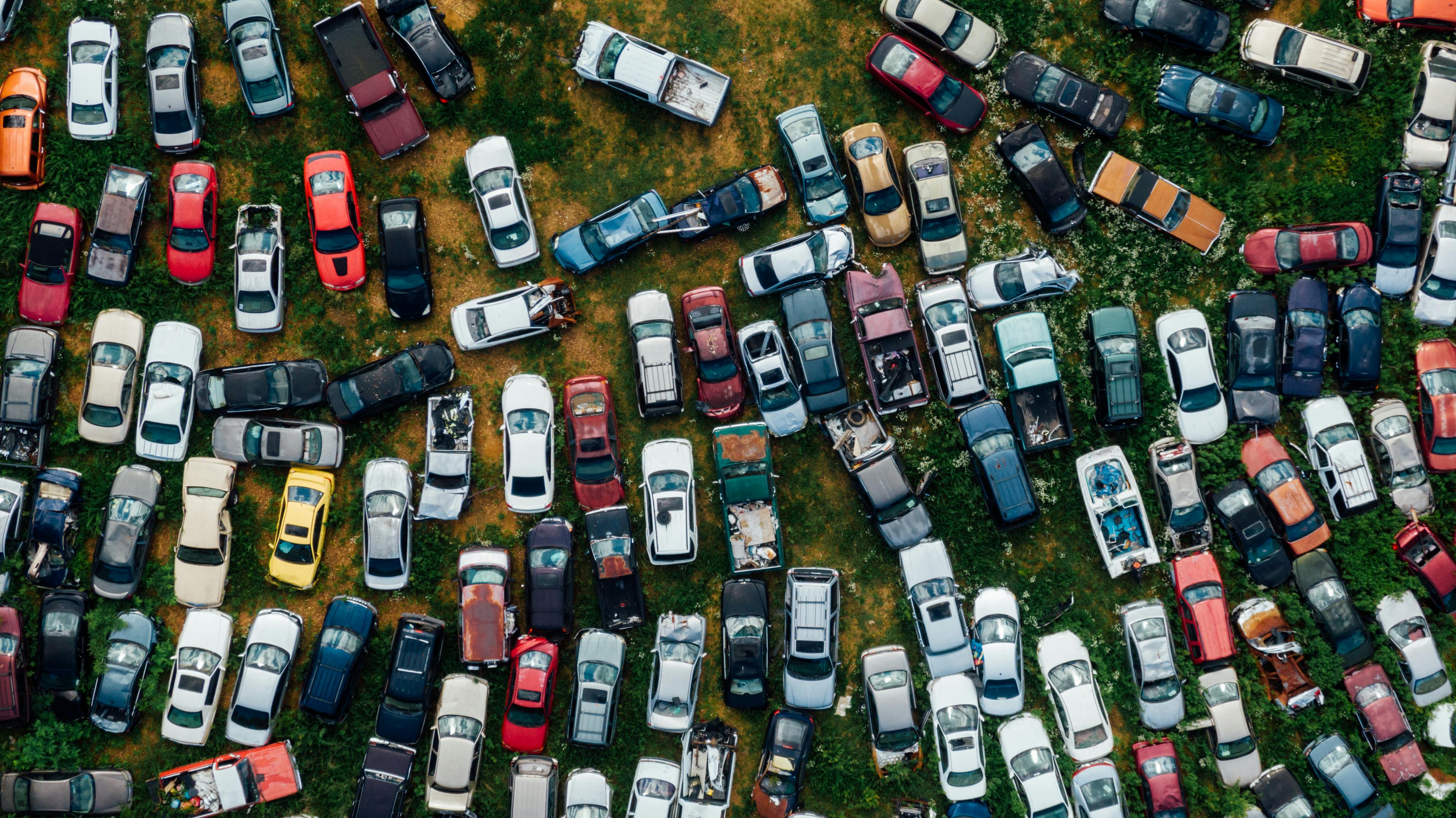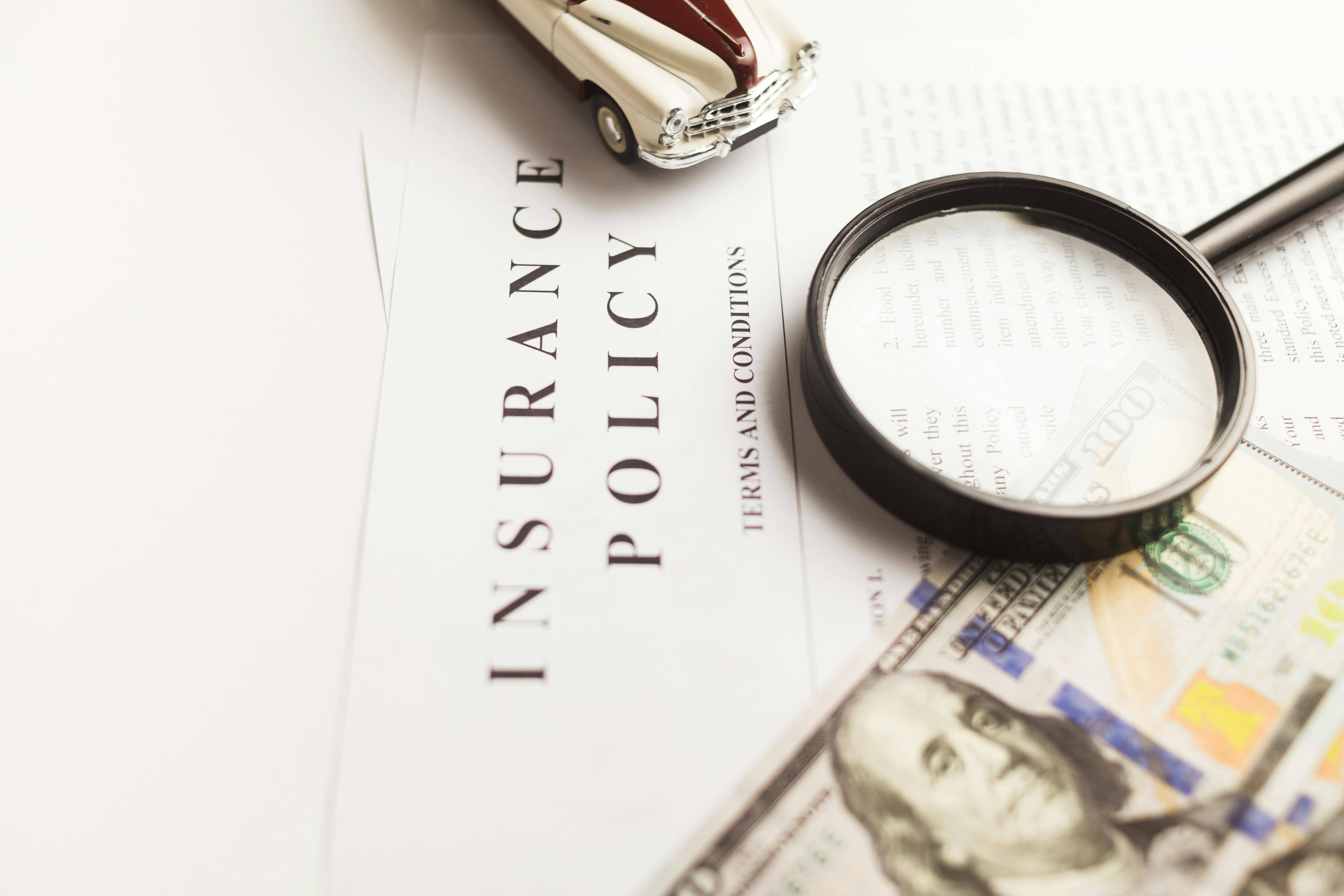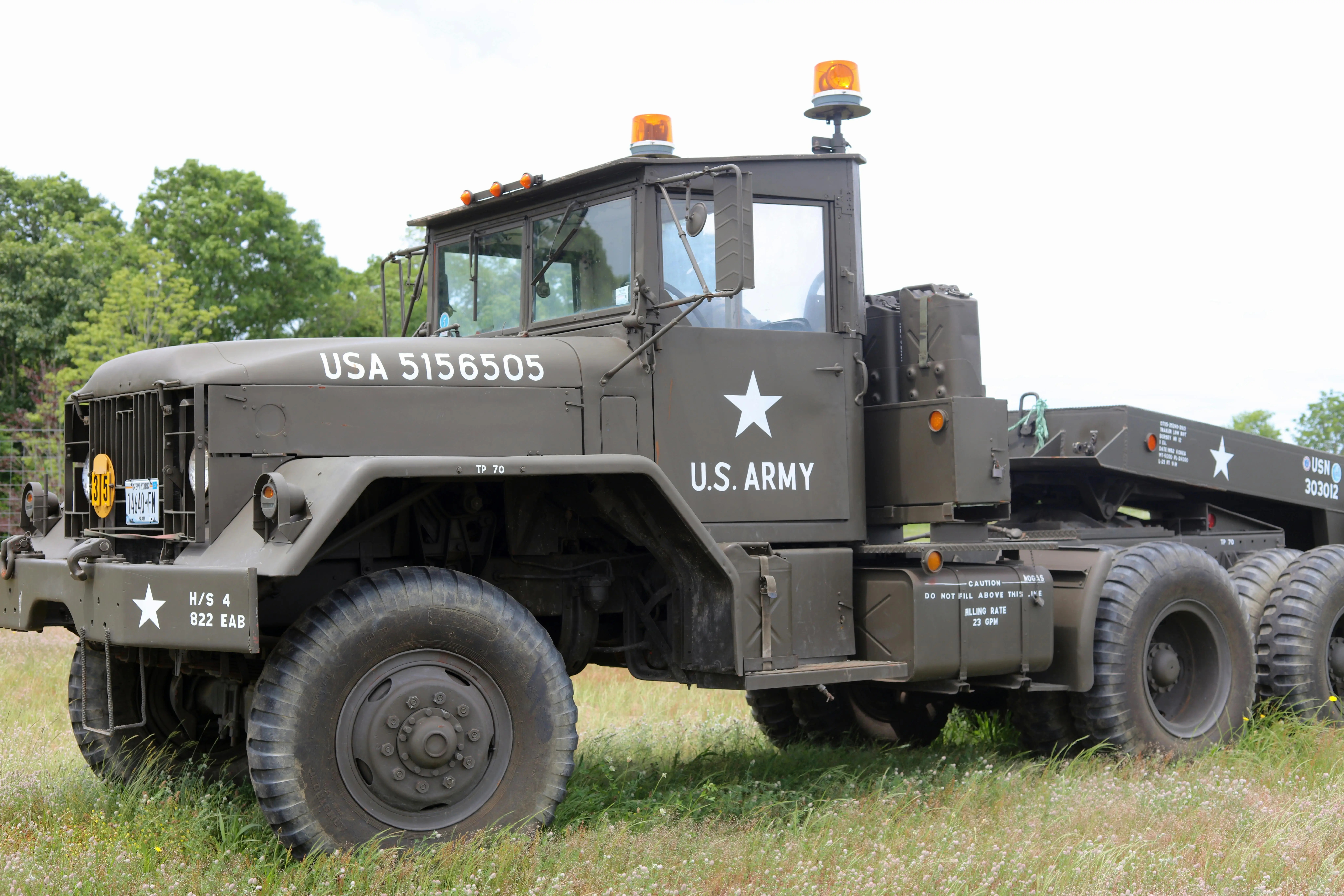Ship Salvage Auction Cars Overseas | Complete 2025 Guide
Winning a rough-around-the-edges classic at Copart or scoring a fixer-upper at IAA can be the start of a profitable restoration project—if you can move that salvage auction car safely across oceans. Moving a vehicle with damage, missing parts, or a branded title carries very different logistical requirements than shipping a pristine collector piece. From cradle-to-grave chain-of-custody documentation, to specialized loading methods, to strategic route planning that cuts duties and inland fees, there’s far more to consider than simply booking a container.
At West Coast Shipping, more than 30% of the vehicles leaving our California, Florida, and New Jersey facilities started life as salvage auction wins. We’ve distilled that hard-won experience into the playbook below. Whether you’re rebuilding a flood-damaged Porsche 911, sourcing drift-car shells for overseas motorsport, or flipping hail-dented muscle cars for export, this guide walks you through every phase—pickup, preparation, paperwork, and transport—while positioning West Coast Shipping as your trusted partner each step of the way.
1. Understand Salvage vs. Clean-Title Shipping
Key Differences
-
Title Complexity
-
Salvage, rebuildable, junk, or non-repairable titles trigger extra scrutiny at U.S. Customs and overseas ports.
-
Some countries refuse registration of non-repairable vehicles; others demand repair inspections or road-worthiness tests.
-
-
Vehicle Condition
-
Non-running cars require winch-equipped trucks and forklifts at port terminals.
-
Damaged body panels, cracked glass, or exposed interiors demand tailored weatherproofing during ocean transit.
-
-
Paperwork Volume
-
Additional documents—such as salvage certificates, repair estimates, and damage disclosure forms—must accompany standard export papers like EPA 3520-1 and DOT HS-7.
-
-
Carrier Liability
-
Carriers set stricter booking terms for salvage loads, often limiting valuation unless shippers provide detailed pre-load condition photos.
-
Why It Matters: Mixing salvage cars with passenger-ready vehicles inside the same container can spark denial at destination customs if the paperwork isn’t airtight. Our auction car transport guide breaks down these compliance pitfalls in more detail.
2. Pre-Auction Planning: Win the Bid, Skip the Headache
A. Due Diligence Checklist
-
Confirm Title Type: “Salvage Rebuildable” is usually exportable; “Parts Only” can be rejected.
-
VIN Verification: Match VIN on listing to title and door jam; any mismatch delays export filings.
-
Damage Severity Report: Secure Copart Condition Report or IAA Damage Details for customs.
-
Parts Inventory: Note missing airbags, seat belts, cats, stereos—certain markets require them installed before import.
-
Destination Rules: Verify if the destination country allows salvage imports (e.g., Germany yes with TÜV inspection; Australia no for non-repairable titles).
B. Budget Beyond Hammer Price
Add these costs into your bid ceiling:
| Cost Component | Typical Range (USD) |
|---|---|
| Auction buyer’s fee | 10-15% of hammer |
| Local tow to WCS yard | 150-450 |
| U.S. inland trucking (enclosed winch) | 600-1,800 |
| Cargo protection coverage | 1-2% of declared value |
| Packing materials & weatherproofing | 50-200 |
| U.S. port & export docs | 350-650 |
| Ocean freight (shared container) | 3,200-4,800 West Coast ➜ Europe |
| Destination port handling | 400-900 |
3. Post-Sale Pickup: Getting Out Before Storage Fees Hit
Most salvage yards grant 3-5 days of free storage. Miss that window and daily fees balloon quickly.
Our Rapid-Response Process
-
Dispatch Enclosed Winch Truck
-
Trained drivers load non-running cars without further damage.
-
-
Digital Condition Photos
-
50+ high-resolution images uploaded to our customer portal for your records.
-
-
Immediate Title Audit
-
Our compliance team confirms salvage status and checks for liens before export filings.
-
-
Secure Warehouse Entry
-
Vehicles arrive at a West Coast Shipping yard—California, Florida, or New Jersey—within 72 hours of sale.
-
Explore our step-by-step pickup visuals in Auction to Your Door.
4. Warehouse Prep: Transforming “Rough” into “Ready for Sea”
A. Fluid & Battery Safety
-
Drain fuel to < ¼ tank.
-
Top off coolant only if engine remains intact (flood cars often need purge).
-
Disconnect battery; secure terminals to prevent short circuits.
B. Securing Loose Components
-
Ratchet-strap hoods, trunks, or fenders likely to flap in transit.
-
Bag and label detached parts (mirrors, light housings, trim pieces).
-
Plastic-wrap shattered glass areas and exposed interiors against salt spray.
C. Palletizing Extra Parts
Many salvage wins include bonus items such as replacement bumpers or wheel sets. We:
-
Build wood crates.
-
Shrink-wrap parts; label with VIN.
-
Position pallets under the same bill of lading so customs treats car and parts as one shipment.
5. Documentation: Every Paper the Dock Inspector Wants
Use this quick-reference bundle to avoid port rejections:
-
Title or Salvage Certificate (original, front & back).
-
Bill of Sale / Auction Receipt with hammer price + fees.
-
Damage Disclosure (from Copart or IAA Condition Report).
-
Repair Estimate or Invoice (even if work not yet done).
-
EPA 3520-1 – Box 7 for non-conforming vehicles to be repaired outside the U.S.
-
DOT HS-7 – Code 2B for vehicles to be altered or assembled abroad.
-
Power of Attorney letting West Coast Shipping sign export docs.
-
Photographic Inventory Sheet listing parts, VIN, and container position.
For downloadable templates, visit Documents You Need to Ship an Auction Car.
6. Choosing the Right Ocean Option
Shared Container (Most Popular)
-
Capacity: Up to 4 salvage cars + parts pallets.
-
Pros: Lowest cost per unit, full steel enclosure.
-
Cons: Wait for container mates; 5-10 day dwell.
-
Best for: Budget-focused rebuilders shipping to Europe or Middle East.
Dedicated 20-ft Container
-
Capacity: One car plus large parts haul.
-
Pros: Private space, immediate sailing.
-
Cons: ~30% higher than shared.
-
Best for: High-value shells, exotic flood cars, urgent timelines.
Roll-on/Roll-off (Limited)
-
Requirement: Car must start, steer, stop, and no broken glass.
-
Pros: Drive-on simplicity, no container wait.
-
Cons: Open decks expose damage points; ports restrict salvage titles.
-
Best for: Big-sized vehicles.
Our ship drag car overseas guide compares these modes in depth.
7. Destination-Country Watchouts
Europe (Germany, Netherlands, Belgium)
-
TÜV or RDW inspections required before registration.
-
Broken glass or sharp edges can trigger port safety holds.
-
Provide translated damage disclosures to expedite clearance.
Middle East (UAE, Saudi Arabia)
-
Flood-damaged cars restricted unless a rebuild certificate accompanies shipment.
-
Frame damage must be declared; high import taxes on incomplete vehicles.
Oceania (Australia, New Zealand)
-
Strict biosecurity: remove mud, vegetation, moldy carpets.
-
Non-repairable titles often barred; contact us for compliance pathways.
Caribbean & Latin America
-
Popular destination for American salvage pickups.
-
Fewer registration hurdles but higher inland transport due to limited container yards.
8. Cost-Saving Hacks Without Cutting Corners
-
Consolidate Multiple Purchases: Fill a 40-ft with two cars + pallets, splitting load fees.
-
Leverage Off-Peak Sailings: Tuesday–Thursday cutoffs often carry lower bunker surcharges.
-
Pick the Right Coast: Shipping a Texas salvage truck to Europe? Jacksonville sailings beat West Coast by $600-$900 per unit.
-
Opt for Partial Disassembly: Remove hood and bumper to fit two compacts in a 20-ft container.
-
Book Early, Pay Less: Our advanced booking rates drop 5-10% if you reserve space during the auction preview week.
9. Frequently Asked Questions
Can I ship a non-running car with missing wheels?
Yes. We use forklift loading and custom skates. Expect a $150-$250 handling surcharge per missing wheel.
Will U.S. Customs hold a flood-branded title?
Not typically, but certain destination countries need fresh-water certification. We can obtain lab tests on residue samples when required.
How long from auction win to destination port?
-
Prep & docs: 5-7 days
-
Container dwell: 5-10 days (shared)
-
Sailing: 18-30 days (US ➜ EU)
Total: 28-47 days
Does cargo protection apply to existing damage?
Coverage begins after our warehouse photos. Pre-existing dents or rust are excluded; new transit-related incidents are covered up to declared value.
Can you ship loose engines or transmissions with the car?
Yes, when crated. We list each crate with a line item on the bill of lading to keep customs happy.
10. Timeline at a Glance
| Week | Milestone | Action Items |
|---|---|---|
| 0 | Auction Win | Pay invoice, email title to WCS |
| 1 | Pickup & Warehouse | Condition photos, fluid prep, parts crating |
| 2 | Export Filing | EPA & DOT forms, booking confirmation |
| 3 | Container Loading | Final wrap, VIN check, cargo protection binder |
| 4 | Vessel Departure | Tracking link live |
| 7-10 | Port Arrival | Partner broker files import entry |
| 8-11 | Local Delivery | Enclosed truck to workshop or buyer |
11. Why Choose West Coast Shipping for Salvage Exports?
-
Three Company-Owned Warehouses: California, Florida, New Jersey—close to every major salvage yard.
-
Winch-Equipped Fleet: Seamless handling for non-running or frame-less shells.
-
Consolidation Mastery: Weekly shared containers slash per-car costs up to 40%.
-
Damage-Aware Handling: Soft-strap tie-downs, plastic wrapping, and desiccant pockets standard.
-
Real-Time Transparency: Photo updates, GPS tracking, and milestone alerts via our portal.
-
Global Partner Network: Trusted agents at Bremerhaven, Rotterdam, Jebel Ali, and Brisbane keep clearance smooth.
Learn how we handle every detail in shipping classic car auctions guide.
Ready to Ship Your Salvage Auction Car Overseas?
Avoid surprise storage fees, missing-title nightmares, and costly port rejections. Use our instant calculator below for a transparent, all-inclusive quote, and let West Coast Shipping turn your salvage auction win into an overseas success.
You May Also Like
These Related Stories

Guide to Buying Salvage Cars at Insurance Auto Auctions in 2025

How to Insure Auction Cars: Complete Guide for Buyers 2025

-093789-edited.png?width=220&height=79&name=wcs_final_logo_(1)-093789-edited.png)
